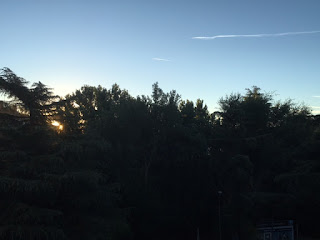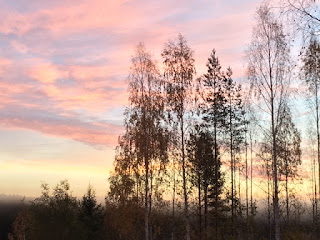Mitä teen ja miksi? Miten voisimme olla vielä parempia kuntoutuksen ammattilaisia?

Kiitos kollegat! Tämä blogi on ollut haastava kirjoittaa. Olen pohtinut oman työni tekemistä, sen vaikuttavuutta ja mahdollisuuksia tulevaisuudessa. Olen keskustellut usean kollegani kanssa työstämme avh- ja aivotraumakuntoutuksessa sekä yleisesti neurologisten kuntoutujien parissa. Halu tehdä vaikuttavaa fysioterapiaa on positiivinen haaste meille jokaiselle ja on ihana huomata että on useita kollegoita lähellä, jotka ajattelevat samoin. Valintojen edessä? Neurologi Mika Koskinen on jo pitkään tuonut esille asiaa aivoverenkiertohäiriöiden akuuttihoidon hienosta tasosta Suomessa, mutta peräänkuuluttanut myös heikkoa kuntoutusinterventiota akuuttivaiheen jälkeen. Harva kuntoutuja saa tarvitsemaansa moniammatillista kuntoutusta oikea-aikaisesti ja riittävän intensiivisesti, ja toiset eivät saa sitä lainkaan. http://yle.fi/aihe/artikkeli/2015/02/09/avhn-hoito-hyvaa-kuntoutus-kangertaa Asiasta on puhuttu jo useiden vuosien ajan ja itse pohdin tätä asiaa ...


